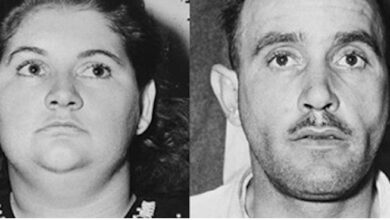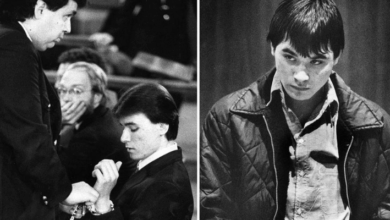Ted Bundy: The Face of Evil – America’s Most Infamous Serial Killer
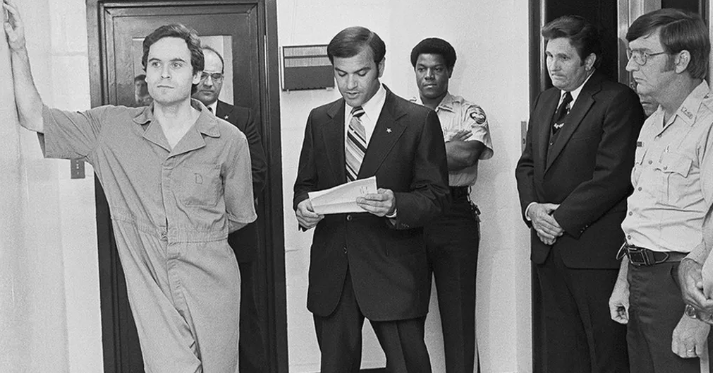
Ted Bundy: The Face of Evil – America’s Most Infamous Serial Killer
Ted Bundy is one of the most well-known and chilling figures in the annals of true crime. Behind his charming smile and clean-cut appearance was a remorseless killer who committed a series of brutal murders that terrorized the United States in the 1970s. His case shocked the world not only because of the horrific nature of his crimes, but also because of how he defied the typical image of a murderer.
Who Was Ted Bundy?
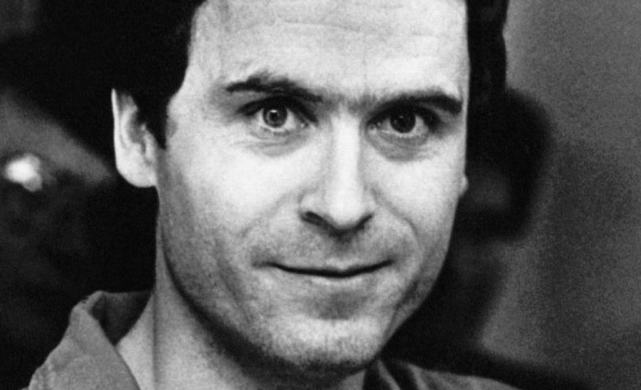
Born Theodore Robert Bundy on November 24, 1946, in Burlington, Vermont, Bundy had a troubled and confusing early life. Raised by his grandparents and led to believe his mother was his sister, Bundy struggled with identity and abandonment issues. Despite these challenges, he appeared to live a normal life—he was intelligent, well-spoken, and studied psychology and law.
He was also a master manipulator and a dangerous predator.
The Crimes: A Cross-Country Killing Spree
Bundy began his killing spree in the early 1970s, targeting young women, most of whom were white, college-aged, and had long dark hair parted in the middle—a chilling signature.
He lured victims by pretending to be injured or impersonating authority figures. After gaining their trust, he would abduct them, sexually assault them, and then brutally murder them—often with blunt force trauma or strangulation.
Many of his victims were later found in remote wooded areas. In some cases, he revisited their corpses, engaging in necrophilic acts.
Bundy confessed to killing 30 women, but experts believe the actual number could be far higher.
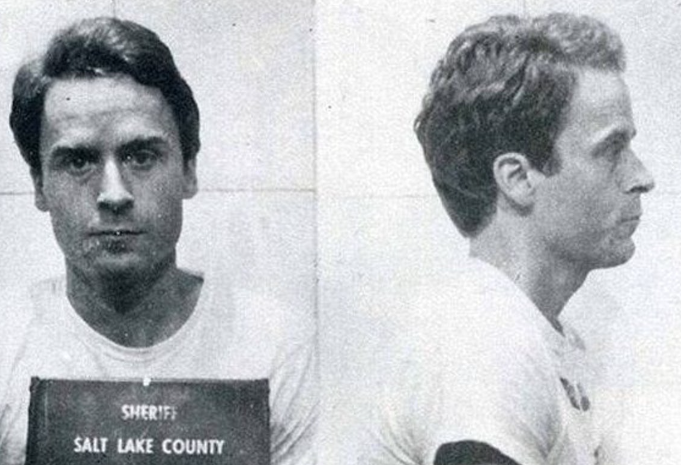
Arrest, Escape, and Continued Murders
Bundy was first arrested in 1975, but his cunning didn’t end behind bars. In an almost cinematic twist, he escaped custody twice:
-
1977 – Aspen, Colorado: He jumped from a second-story window during a court appearance and went on the run for several days.
-
Later in 1977: He escaped again from a jail cell, losing weight to fit through a small opening in the ceiling.
After his second escape, Bundy traveled to Florida, where he committed some of his most brutal crimes. In January 1978, he attacked four women at the Chi Omega sorority house at Florida State University, killing two. Just weeks later, he abducted and murdered 12-year-old Kimberly Leach.
Bundy was finally captured in February 1978. He acted as his own attorney during his high-profile trial, cross-examining witnesses, and charming the media. In 1980, he was convicted and sentenced to death for the Chi Omega murders.
His case became a media sensation, with women writing him love letters, captivated by his looks and charisma—a phenomenon that disturbed many psychologists and law enforcement experts.
Execution and Legacy
Ted Bundy was executed in the electric chair at Florida State Prison on January 24, 1989, at the age of 42. Crowds gathered outside the prison, cheering as the news of his death spread.
Why the Bundy Case Still Haunts America
Ted Bundy changed the way America viewed serial killers. He didn’t “look” like a monster. He was intelligent, articulate, and manipulative—a reminder that evil can wear an attractive mask.
His case also led to advances in criminal profiling, victim advocacy, and forensic science. Bundy’s willingness to confess in the final days before his execution helped investigators close numerous cold cases.

